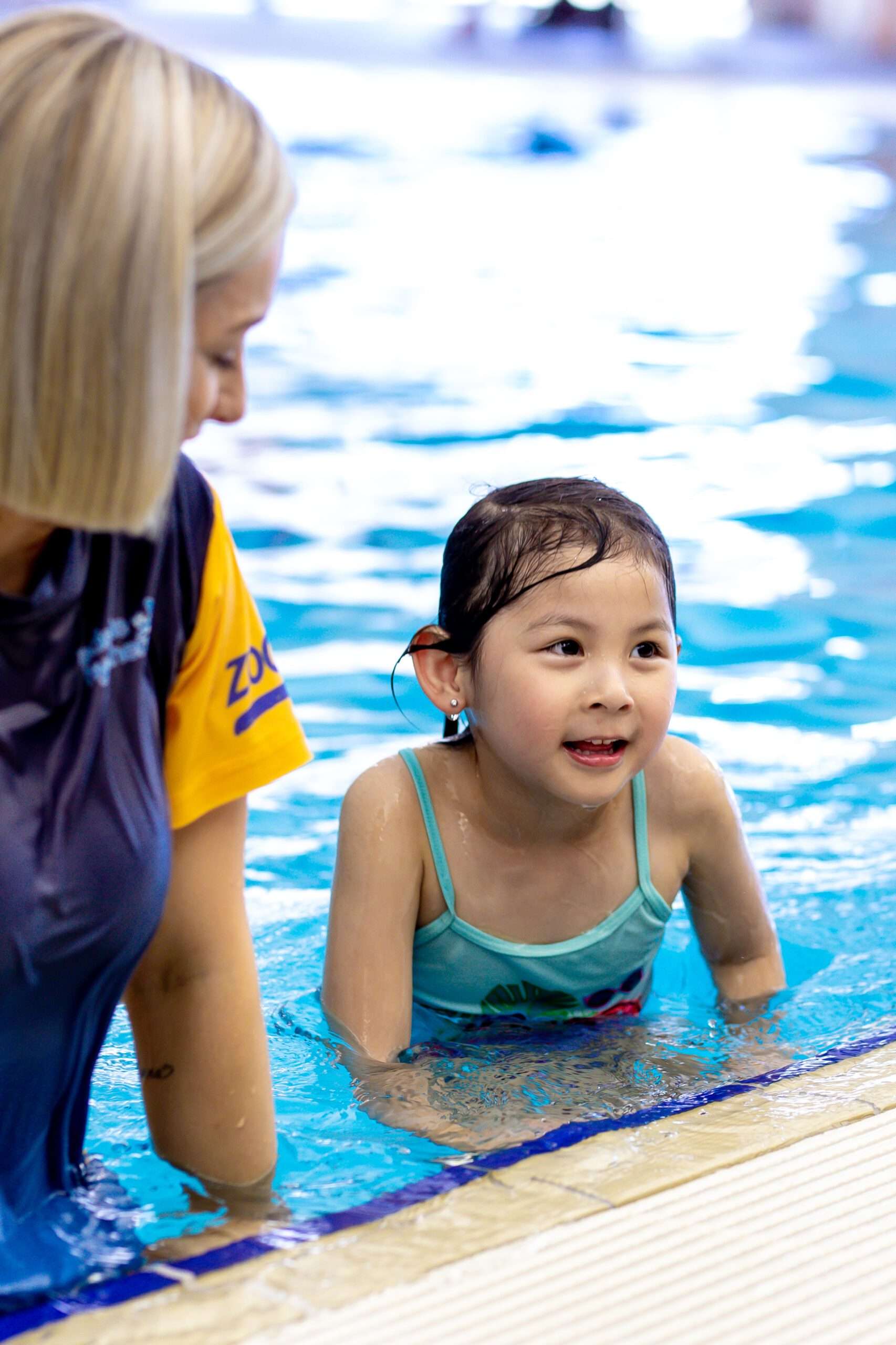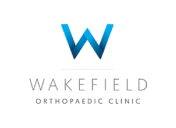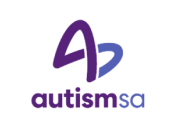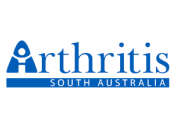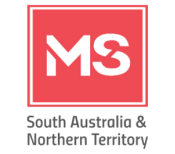What is a Stroke?
Your brain is where you turn your thoughts into action. In fact, your brain is responsible for most of the vital functions of your body.
Your brain is made up of specialised cells including nerves and other cells with supportive and immune functions.
To keep these cells and nerves healthy, they need oxygen and other nutrients. Oxygen and nutrients are supplied to the brain by blood vessels.
A stroke happens when the blood supply to the brain is interrupted either through blockages in blood vessels supplying the brain or if there is damage to the blood vessels causing a bleed into the brain. This means that the brains’ nerves and other cells cannot receive the oxygen and nutrients that they need and so they become damaged and/or die.
The brain is organised into areas that serve different functions. Depending on where the damage to the brain is, then depends upon the impact or symptoms of the stroke.
IMPACT FROM A STROKE:
- How you feel
- How you think
- How you behave
- Your speech
- Swallowing
- Your vision
- How you move and feel things
..and more
Rehabilitation after Stroke
Recovery after a stroke is possible; with everyone having a different journey and different outcome.
The main mechanism behind recovery is something called Neuroplasticity.
Neuroplasticity is the ability of the brain to restructure and make new connections with other cells and nerves in the brain to improve function. Imagine a part of a tree branch has died off, but then new sprouts/shoots grow out as the tree recovers. Some important points about neuroplasticity include:
- It requires a stimulus – if you have heard of the saying “move it or lose it” – this directly applies to neuroplasticity. You need to practice and complete tasks to stimulate the brain to adapt.
- It is task-specific – you get better at what you practice. Just like a sports person gets better at their sport through direct practice of that sport, the brain after a stroke also recovers best by completing the tasks you are having trouble with.
- The more practice the better – for neuroplasticity to occur it requires a large number of repetitions of the tasks you are working on. This usually means daily practice for as much time as is possible.
- Meaning matters – we learn and the brain adapts best when we enjoy and are engaged in what we are doing. Performing tasks mindlessly does not get the best results from neuroplasticity. Mindful attention and engagement in what you are doing work best.
- Timing is also important – research shows us the best window of time for neuroplasticity after a stroke occurs in the first few months. However, ongoing changes can occur throughout life, just at a slower pace of recovery.
What is the role for Physiotherapy or Exercise Physiology after stroke?
As mentioned above, many people can have ongoing symptoms following their stroke and this can include ongoing challenges completing physical tasks, movement, balance and sensory changes including having ongoing pain post-stroke. It is also well known that people lose general fitness after a stroke, making it harder to remain independent and complete tasks around the home or community.
Based on the principles of neuroplasticity, Physiotherapy and Exercise Physiology can design and complete specific exercises with you, targeted to the ongoing challenges you might be having. Whether this relates to your ability to get out of a bed or chair, get in and out of a car, walk around your home or community, your balance, and a range of other things. You also may feel you still have weakness, or lack fitness – which can also be improved by exercise.

Hydrotherapy provides a great option to complete exercises in the supportive environment where the water can be used to assist or resist movement, while also providing warmth and the safety of not being able to fall. Whether your goal is to strengthen, gain more mobility, fitness or balance, a hydrotherapy program can be designed to assist you achieve your goal.
Land-based exercises can also be specifically designed to address any ongoing challenges you might be having following your stroke. Again, whether your goals are to increase your strength, improve your balance, mobility or fitness, address pain or sensory challenges – a program can be designed to your specific needs and completed with you.
Connected to neuroplasticity, the body and brain adapts best by the principle of overload. Overload means completing exercises that are challenging or hard. If an exercise is too easy, the body or brain has no reason to adapt or change. For this reason, completing exercises onsite in a rehabilitation centre with the equipment and guidance from a therapist is important, as not only can they ensure the task is at the right level of challenge, the therapist can also ensure you are safe whilst completing the exercises effectively.
Why are Home-based Exercises Prescribed?
Based on the principles of neuroplasticity mentioned above, dosage matters. To get the best results and maximise your neuroplasticity and recovery, you need to do as much practice as is possible. For this reason, your therapist will commonly give you a few key exercises to complete at home. These exercises will be tailored to your individual goals and needs and will also consider the home environment and your current ability as far as keeping you safe while you complete your prescribed exercises.
Always remember – your goals are important. Progress can be slow, but possible. Aim to have some smaller short-term goals, but also keep that big end goal in mind. Research has shown that maintaining hope and dreaming big are also important for ongoing recovery.
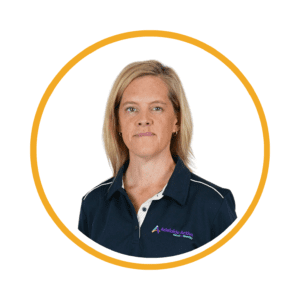
Nicole is one of our Physiotherapists with over 20-years experience working in neurological and orthopaedic rehabilitation.
Nicole has worked in acute, rehabilitation and community-based services assisting people to achieve their movement-based goals using a range of rehabilitation interventions.
Want to find out more information or book your first consultation?
Call us on 7089 6666
For more information about what a stroke is, watch this video from the Stroke Foundation https://vimeo.com/187095903 or read more from the Stroke Foundation website here https://strokefoundation.org.au/about-stroke/learn/what-is-a-stroke


